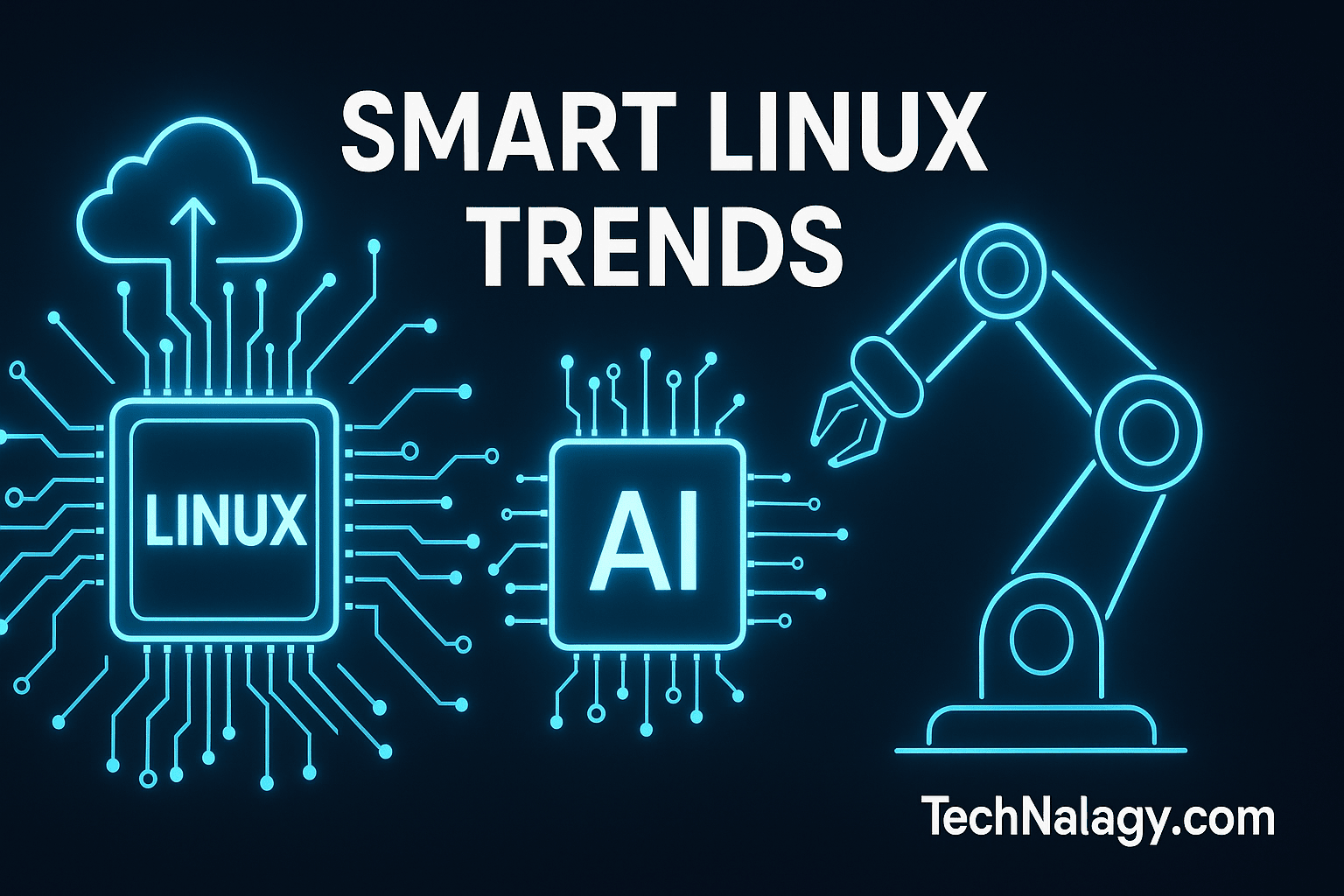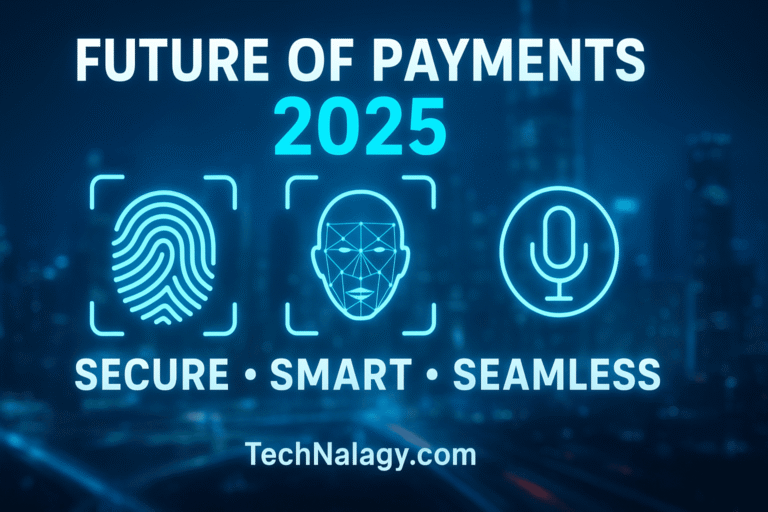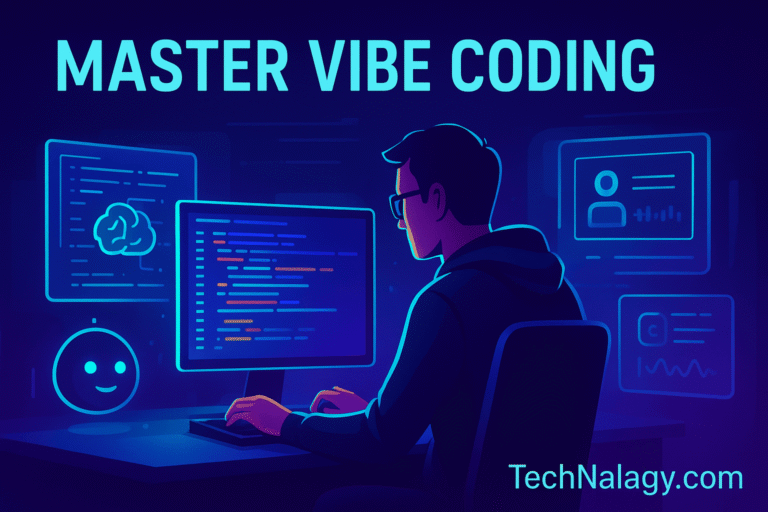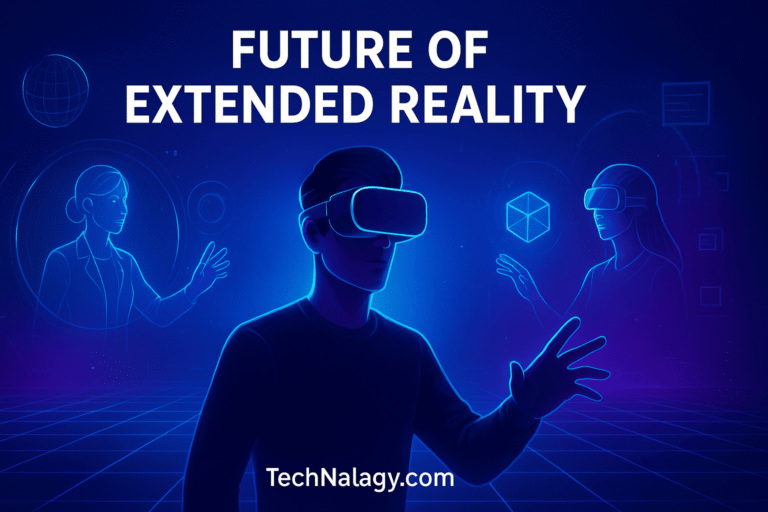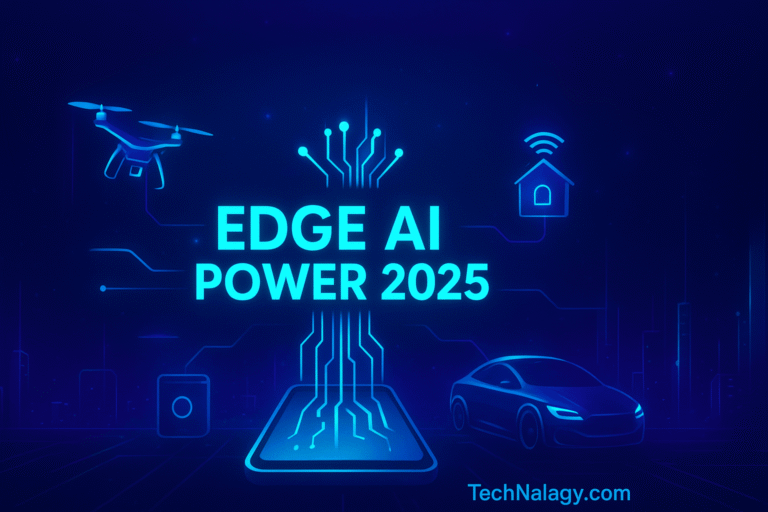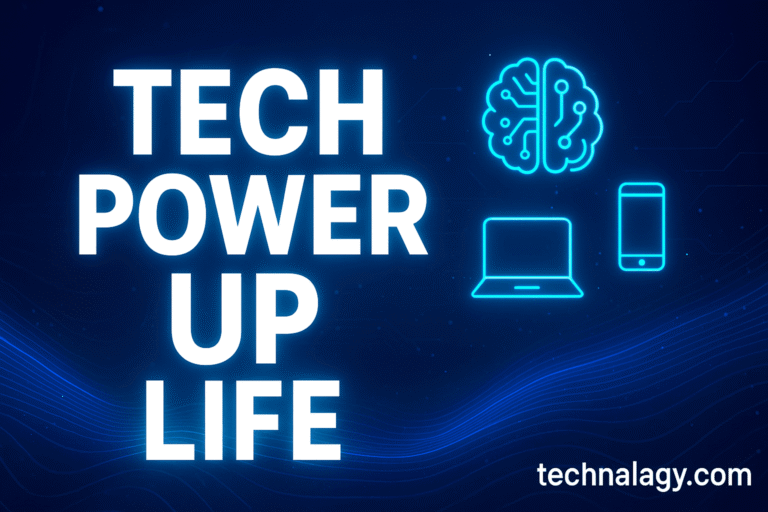10 Powerful Trends PBLinuxTech Users Love for Smarter Linux & AI
Linux has always been the quiet powerhouse of modern computing, but in the past few years it has taken a bold leap forward thanks to a wave of innovation known as trends pblinuxtech. From intelligent robots to quantum-ready kernels, these developments are reshaping how professionals, hobbyists, and enterprises use Linux for artificial intelligence and beyond.
Whether you’re a developer, system administrator, or business strategist, understanding these trends will help you unlock the full potential of Linux and open-source technology. Below we explore the 10 powerful trends pblinuxtech that are making Linux smarter, faster, and more adaptable than ever.
Table of Contents
1️⃣ AI-Optimized Linux Distributions
One of the fastest-growing trends pblinuxtech is the creation of Linux distributions designed specifically for machine learning and data science. Distros such as Ubuntu AI, Fedora AI, and Pop!_OS ML come pre-loaded with TensorFlow, PyTorch, and CUDA drivers, giving developers a head start on complex projects.
According to the Linux Foundation, open-source operating systems remain the cornerstone of AI infrastructure. Their stability, hardware support, and thriving communities make Linux the obvious platform for researchers building next-generation AI solutions.
2️⃣ Edge Computing & IoT on Linux
As the Internet of Things grows, lightweight Linux kernels are powering everything from smart thermostats to industrial gateways. This trends pblinuxtech focus on edge computing enables analytics and decision-making directly on devices, reducing latency and bandwidth use.
Projects like Raspberry Pi OS, Nvidia Jetson Linux, and BeagleBone Black demonstrate how flexible Linux can be in small form factors. Developers can run predictive algorithms and automation scripts right where data is generated.
3️⃣ Robotics & Automation Powered by Linux
Robots are no longer the domain of science fiction. With ROS (Robot Operating System) layered on top of Linux, autonomous machines are taking over warehouses, assisting surgeons, and inspecting pipelines. Trends pblinuxtech highlight how Linux provides the low-level control and real-time stability required for these precision tasks.
Open-source robotics communities continuously refine drivers, perception libraries, and safety modules, enabling faster innovation in drones, self-driving vehicles, and service robots.
4️⃣ AI Frameworks on Linux
Most leading AI frameworks are developed with Linux as the default environment. TensorFlow, PyTorch, ONNX, and MXNet offer optimized GPU acceleration on Linux, helping engineers train and deploy neural networks at scale.
By aligning with trends pblinuxtech, organizations gain access to a huge ecosystem of libraries and developer tools that thrive on Linux’s reliability and security.
5️⃣ Cloud-Native Development & Containers
Containerization has transformed how teams build, package, and ship applications. Kubernetes, Docker, and Podman integrate tightly with Linux to orchestrate microservices and AI workloads in the cloud.
As noted in 10 Brilliant Trends Online PC Technology 2025, containerization allows businesses to scale software globally without compromising performance. For AI applications, it means faster experimentation and easier deployment.
6️⃣ Enhanced Security & Privacy in Open Source
Security is critical as Linux spreads to autonomous cars, medical devices, and smart homes. Trends pblinuxtech include kernel hardening, SELinux profiles, and advanced sandboxing (like AppArmor) to defend against sophisticated threats.
Enterprise compliance models—such as those discussed in Microsoft AOC Explained 2025—are influencing how organizations implement security baselines in Linux environments. The result: safer AI systems and better data privacy.
7️⃣ Lightweight Linux Builds for Embedded AI
Resource-constrained devices need streamlined operating systems. Distributions such as Alpine Linux, Tiny Core, and Yocto are customized for microcontrollers, sensors, and other embedded hardware. These builds let developers deploy real-time machine learning without heavy resource usage.
This trends pblinuxtech innovation is key to bringing AI to smart locks, wearable health monitors, and voice-controlled appliances.
8️⃣ PBLinuxTech in DevOps & Continuous Integration
DevOps culture thrives on Linux. Pipelines built with Jenkins, GitLab CI, and ArgoCD run most efficiently on Linux servers. Integrating PBLinuxTech tools into these pipelines accelerates testing and deployment of AI models.
Automation scripts, container registries, and rolling updates keep projects agile while maintaining security and performance.
9️⃣ Open-Source Collaboration & Community Growth
Behind every advance in trends pblinuxtech lies a vibrant community. Forums, GitHub repositories, hackathons, and meetups give developers a platform to share ideas, troubleshoot, and improve code. These open-source collaborations shorten innovation cycles and encourage inclusive development.
Communities like PBLinuxTech’s own repositories provide tutorials, bug trackers, and discussions that help both beginners and veterans.
🔟 Quantum Computing & Linux Integration
The next frontier for trends pblinuxtech is quantum computing. Researchers are experimenting with Linux-based interfaces for quantum simulators and hybrid algorithms. As explored in Future Quantum Computing 2025, these breakthroughs promise to reshape how we approach complex problem-solving. As quantum hardware matures, Linux’s adaptability ensures it will remain the operating system of choice for managing futuristic workloads.
Staying Updated with Trends
With innovation moving so quickly, it’s essential to keep an eye on new releases and research papers. Subscribing to newsletters, attending Linux Foundation events, and following major conferences—like Google I/O Highlights 2025—helps you stay ahead.
Podcasts, online courses, and mailing lists from respected open-source organizations also provide valuable insights for anyone passionate about Linux and AI.
Conclusion
The 10 powerful trends pblinuxtech covered here prove that Linux is far more than just a server OS. It’s the backbone of AI research, robotics, IoT, and even quantum computing. By understanding these developments and engaging with open-source communities, you can future-proof your skills and projects.
Whether you’re deploying neural networks, automating edge devices, or exploring quantum algorithms, Linux—and the momentum behind trends pblinuxtech—will continue to empower smarter, more sustainable technology.
FAQs
1. What is trends pblinuxtech?
Trends pblinuxtech refers to the latest developments connecting Linux, artificial intelligence, and open-source technology. It covers innovations in AI-ready Linux distributions, IoT solutions, robotics, and future computing platforms.
2. Why are trends pblinuxtech important for AI developers?
These trends help developers build smarter, faster, and more secure systems. From optimized kernels to cutting-edge frameworks, trends pblinuxtech give AI engineers the tools they need for efficient training, deployment, and scaling.
3. How can businesses benefit from trends pblinuxtech?
Companies leveraging trends pblinuxtech gain access to cost-effective AI infrastructure, cloud-native development, and improved security practices. These advancements reduce time-to-market and enable innovation across industries.
4. Are trends pblinuxtech relevant for beginners?
Yes! Many aspects of trends pblinuxtech—like lightweight Linux builds and open-source tutorials—are perfect for beginners eager to explore AI, DevOps, or robotics.
5. What’s the future of trends pblinuxtech?
Expect deeper integration with quantum computing, robotics, and autonomous systems. As open-source communities grow, trends pblinuxtech will continue shaping Linux as the foundation of intelligent, sustainable technology.

Kamran Khatri is the founder of technalagy.com, where he shares insights on AI, future tech, gadgets, smart homes, and the latest tech news. Passionate about making innovation simple and accessible, he writes guides, reviews, and opinions that help readers stay ahead in the digital world.

